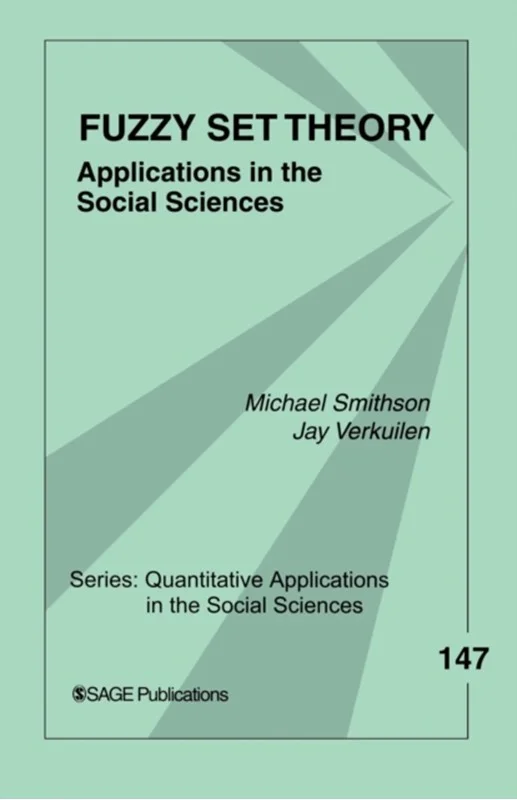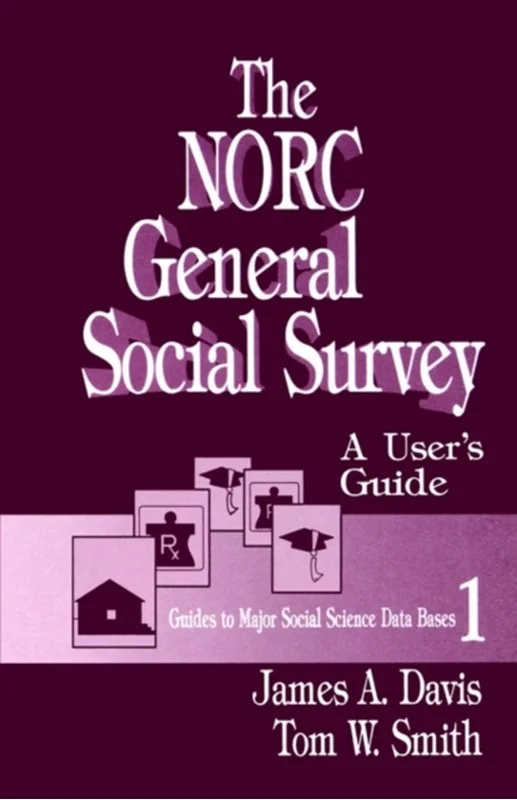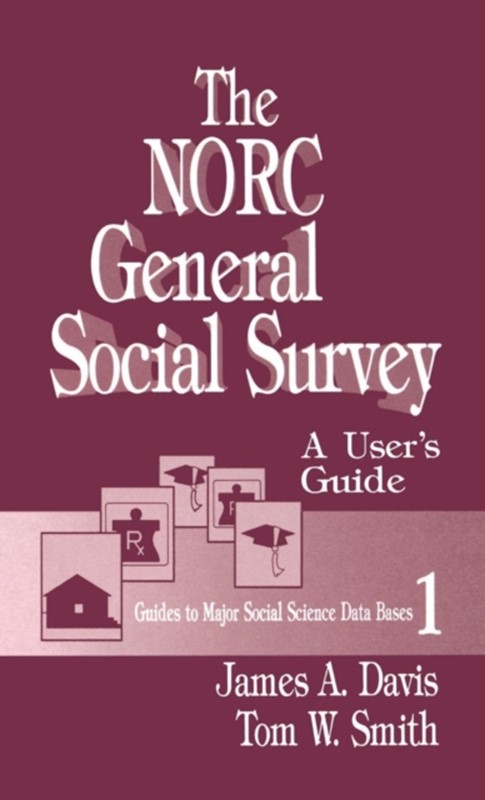The NORC General Social Survey - Tom W. Smith - Bog - SAGE Publications Inc - Plusbog.dk
When someone goes public with a simple, straightforward, good idea, the audience usually scratches its collective head and wonders why no one thought of it before. That was my reaction as I read James A. Davis and Tom W. Smith′s short volume on the General Social Survey (GSS), the first of a new Sage series on major social science data bases. . . . I suspect there isn′t a GSS user out there who wouldn′t learn quite a bit from reading this book. . . . The knowledge it provides is partly historical, partly practical, and partly inspirational. . . . The practical sections make up a very readable and thorough discussion of its study design. . . . The inspirational part of the book, at least for me is Davis and Smith′s narrative on the variety of studies and collaborative activity that make the GSS a unique source for comparative, historical, methodological, and cross-sectional research. . . . For those who wonder whether their interesting questions have been answered in previous research, Davis and Smith provide basic guidelines for finding out who has done what with the GSS. --Contemporary Sociology "This series will lead to more informed analysis of existing data sources as well as more insightful interpretation of studies based on them (for series quote). . . . In this superb first volume for the series, James A. Davis and Tom W. Smith have provided a lucid introduction to the history, philosophy, sampling design, and evolving content of the General Social Survey (GSS). . . . This guide conveys with both cogency and liveliness the major features of the GSS. . . . The chapter on sampling design, which describes both the shift from a block-quota modified probability sample to a full probability sample and the switch from a 1970 sample frame to a 1980 sample frame, gives evidence of the commitment to high quality. . . . The book communicates an abiding responsiveness to the emerging data needs of a developing social science. . . . The responsiveness of the GSS to new data needs, amply evident in the book, is one of its most laudable features. . . . It is a tribute to Davis and Smith that their book stimulates the reader not only to order the GSS database straightaway and carry out tests of some intriguing propositions but also to make testable some previously untestable propositions by persuading the GSS to collect information on the propositions′ previously unmeasured parts. This book augurs well for the series." --Journal of the American Statistical Association "All of the questions my methods students have asked over the years (and all I′ve asked myself) are answered, and then some. . . . The guide is effective in making the data accessible." --Karen Campbell, Vanderbilt University "I think this series is a very good idea. Code books are intimidating for many users, and clear, approachable guides to major social science data sets will be well received. The User′s Guide to the GSS . . . will ultimately be such a resource. . . . The section on Design Effects . . . is a very good subject to include in such a guide." --Dan Krymkowski, Dartmouth College "A fine introduction to an invaluable social science data resource." --Judith Tanur, State University of New York, Stony Brook "Should provide helpful assistance to undergraduates whose exposure to the GSS may be their first experience with survey research and quantitative analysis. In addition, it should be a useful tool to more experienced analysts who need to quickly master the intricacies of the GSS." --Microcase Forum For any researcher, student, or teacher using the General Social Survey (GSS), this book is a must. Written by the two researchers who have directed the GSS since its inception in 1972, this practical, easy-to-use volume enables you to exploit this large data set more effectively than ever before. This volume clearly explains the "rotations" and "split ballots" in the study design, describes available samples (including the 1982 and 1987 oversamples of black respondents) and weights, and discusses interviewer training, quality control, validation, and coding procedures. In addition, it outlines the topics covered in the GSS, including the recurrent, replicated "core" items suitable for trend analyses, the annual topical modules on subjects of current interest, and the international modules produced in collaboration with the International Social Survey Program. And, this guidebook covers the various data sets in which GSS data are accessible, and directs you to the data banks that disseminate them. Both novice and experienced GSS users will find The NORC General Social Survey an invaluable tool.

























